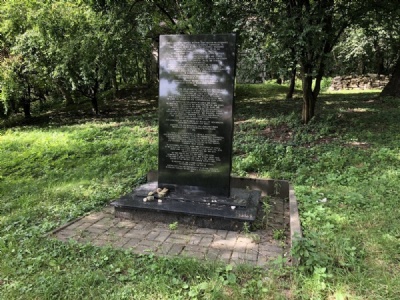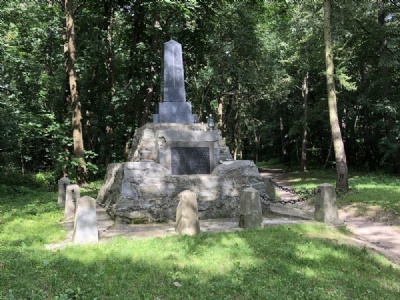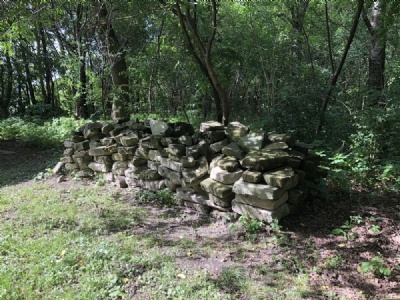Izbica Ghetto
About sixty kilometres south of Lublin lies a small town called Izbica. in 1939, there were about 4,000 Jews living in the town and in December that year, the Nazis deported about 2,500 Jews there from Lodz and Kolo. In 1941 a ghetto was set up and the town’s geographical location next to an important railway junction made the ghetto ideal from a logistical perspective. The ghetto therefore became the main transit ghetto in Lublin district for deportations of Jews to the Belzec and Sobibor extermination camps. Between March and May 1942, between 12,000 – 14,000 Jews from Bohemia, Slovakia, Germany and Austria were deported to Izbica and from there to one of the extermination camps mentioned above.
The ghetto was not shielded from the outside world, but the large number of Jews who were forced to live in inadequate housing with inadequate sanitary facilities, limited access to food and other necessities led to a mortality rate that was surpassed only by the Warsaw ghetto in percentage terms. In addition to deportations to extermination camps, about 4,500 Jews were murdered at the Jewish Cemetery (Burial site), which was destroyed by the germans during the war. The ghetto was officially liquidated November 2, 1942, after that, a smaller ghetto was set up to house 1,000 local Jews. The smaller ghetto was finally liquidated in April 1943, the Jews were deported to Sobibor where they were murdered. Izbica was liberated by the Soviet army in July 1944. Only 14 of the original Jewish residents survived the war.
Current status: Partly preserved/demolished with monument. (2013).
Location: 50° 53' 40.91" N 23° 09' 35.04" E
Get there: Car.
Follow up in books: Gilberg, Martin: Holocaust: A History of the Jews of Europe During the Second World War (1987).






The Gestapo built a prison using Jewish tombstones taken from the Jewish cemetery. In 2006, the prison was demolished, but well preserved gravestones were used when a Jewish prayer/memorial room (Ohel) were built at the cemetery. There are two monuments on the site, one newer and one older. They have also collected gravestones found on the site and piled them up as a form of monument. The Cemetery (burial site) is located in a wooded area along the main road between Zamosc and Lublin. The small path that leads up to the cemetery is hidden between two houses and not easy to find. The ghetto was a vital and central part in Nazi’s ambition to annihilate european Jewry. But it’s overshadowed by more famous ghettos as Warsaw, Krakow, Riga, Lodz to name a few.